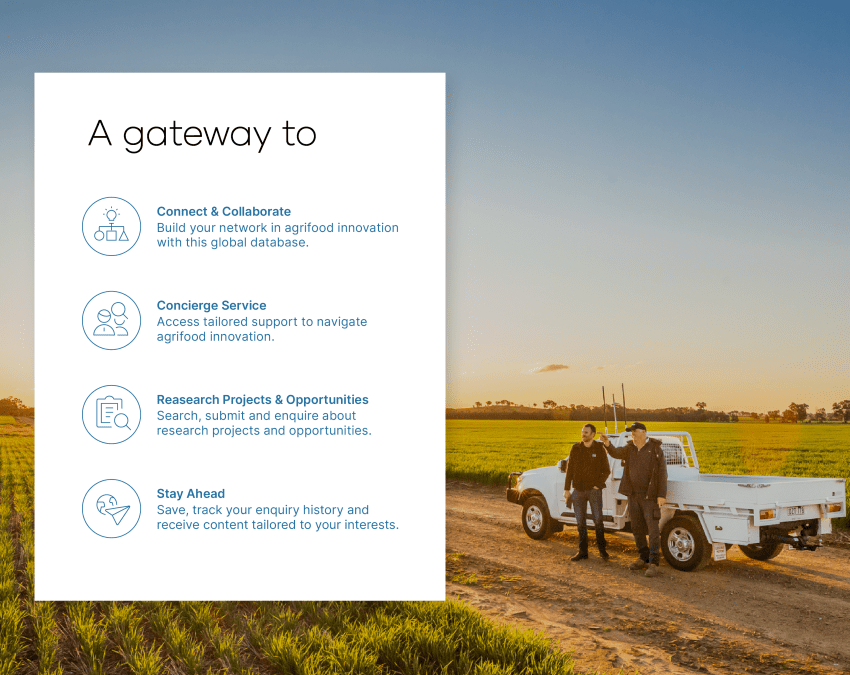
Use of machine learning to determine the extraneous matter and billet length in cane consignments
For several mill districts in Australia the cane supplies have high extraneous matter content (more than 15% by mass) and short cane billets (125 to 150 mm). Extraneous matter is collectively cane tops, roots and leaves. The only current method to determine these parameters is by manually sorting samples of cane which is very costly (assuming labour is available).
This project develops machine learning models to determine the extraneous matter content and billet length using images of the cane on the conveyor. This method is cost-effective and provides real time measurements for each cane consignment.
The method, once adopted, allows growers and millers to collaboratively work to maximise the value of the harvested crop for the mill district and provides numerous opportunities for research into harvesting improvements, variety selection, cane transport and milling efficiencies. The method will also be important when increased biomass is required for diversification projects.
Project date
Principal investigator
Project funded by

Collaborators
Industries
Related research projects
Search all research projects-crop-850x675.png)
Have questions?
Find out how we can help you.
Find answers to our most frequently asked questions on research projects, commercial opportunities, organisations and more.
Still have questions or have feedback on the site? Please get in touch by completing our enquiry form.
